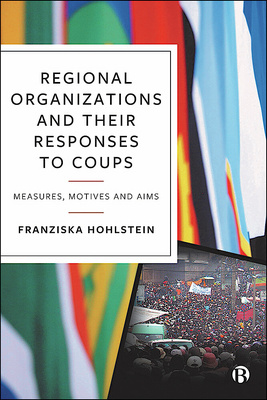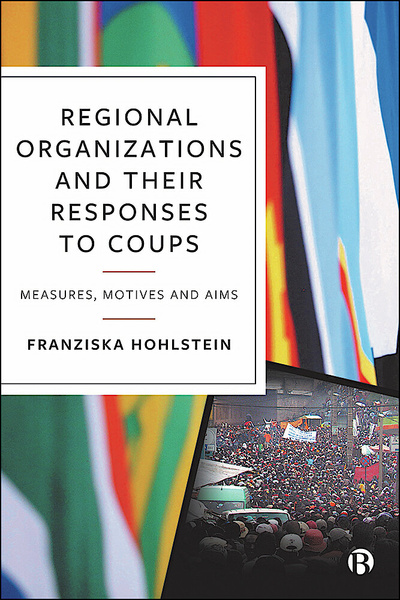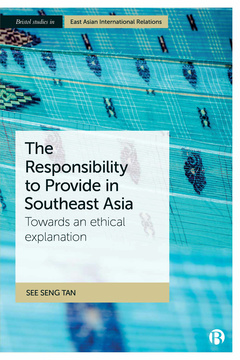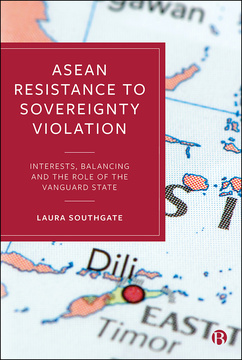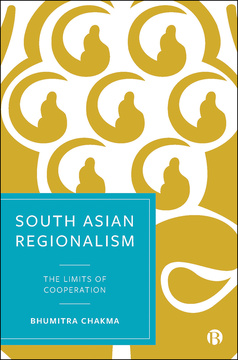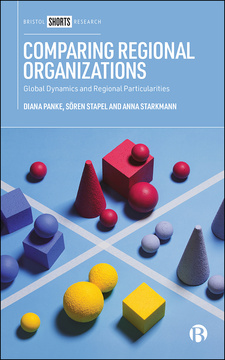Regional Organizations and Their Responses to Coups
Measures, Motives and Aims
By Franziska Hohlstein
Published
Sep 30, 2022Page count
270 pagesISBN
978-1529224085Dimensions
234 x 156 mmImprint
Bristol University PressPublished
Sep 30, 2022Page count
270 pagesISBN
978-1529224092Dimensions
234 x 156 mmImprint
Bristol University PressPublished
Sep 30, 2022Page count
270 pagesISBN
978-1529224092Dimensions
234 x 156 mmImprint
Bristol University PressCoups d’état continue to present one of the most extreme risks to democracy and stable governance worldwide. This book examines the unique role played by regional organizations (ROs) following the occurrence of a coup d’état.
The book analyses the factors that influence the strength of reactions demonstrated by ROs and explores the different post-coup solutions ROs pursue. It argues that, when confronted with a coup, ROs take both basic democratic standards and regional stability into account before forming their responses.
Using a mixed-methods approach, the book concludes that ROs’ response to a coup depends on how detrimental it will be for the state of democracy in a country and how far it risks destabilizing the region.
“Hohlstein provides the most comprehensive look to date at the global ‘anti-coup norm’ and how regional organizations enact and uphold this norm.” Daniela Donno, University of Cyprus
“This is a wonderful book: theoretically and methodologically advanced and meticulously researched. It establishes a new baseline for excellence in comparative regionalism.” Fredrik Söderbaum, University of Gothenburg
Franziska Hohlstein is a Research Associate at the Federal Statistical Office of Germany. She has completed her PhD and worked as a researcher and lecturer at the University of Freiburg.
1: Introduction
2: Theorizing the Role of ROs After Coups
3: Mapping the Global Pattern of RO Responses to Coups
4: Explaining the Strength of RO Responses to Coups
5: Examining Differential Post-coup Solutions
6: Conclusion







